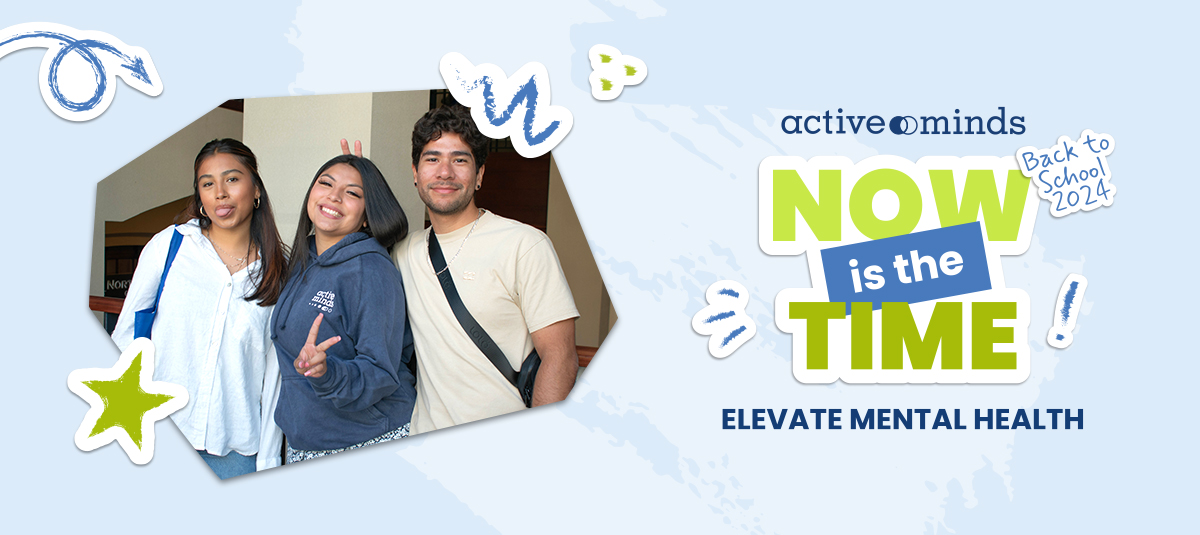As a former educator on the south side of Chicago, I know firsthand the excitement and challenges of launching a new school year. The start of the school year sets the tone for what’s to come. We plan everything—the schedules, the curricula, the safety drills—but too often, mental health programming gets overlooked. And in today’s climate, that’s a mistake we can’t afford to make.
I used to think that as long as we had solid academics, discipline, and structure in place, the rest would fall into line. But I quickly learned that when we wait to address mental health issues until they escalate, it’s already too late. Being reactive costs time, and resources, and most importantly, it affects the well-being of our students. As educators and school leaders, we have to prioritize mental health from day one.
Incorporating mental health programming into your school’s launch plan isn’t just a bonus; it’s essential. Here’s why:
1. Proactive Support Leads to Prevention Mental health challenges among students are rising across the country, and these issues don’t just appear in high school. They’re present in elementary and middle schools too. By incorporating mental health into your school’s culture from the start, you create a proactive environment where students feel supported before challenges become crises. Mental health programming isn’t about reacting to problems—it’s about preventing them.
In my years as an educator, I’ve seen firsthand how a proactive approach can transform a school’s culture. When students feel emotionally supported, they’re more engaged, resilient, and ready to learn. Active Minds’ free programs—like the We Are Active Minds Middle School curriculum and Peer-Powered High School Curriculum—equip schools with the tools to foster that sense of belonging and support right from the start.
2. Empowering Students with Leadership and Confidence Mental health programming goes beyond addressing challenges; it empowers students. Active Minds programs teach leadership skills, promote peer connections, and build confidence in young people to advocate for their well-being and the well-being of others. When students feel empowered to take ownership of their mental health, they become stronger leaders in your school community.
As a principal, I saw how important it was for students to feel that they had a voice in the conversation about mental health. Active Minds Chapters and peer-driven programs allow students to lead initiatives, normalize mental health conversations, and contribute to creating a positive school culture. This has a lasting impact on student morale and academic performance.
3. Mental Health is Key to Academic and Social Success We know that students learn best when they feel safe and supported—both physically and emotionally. Ignoring mental health at the start of the school year can disrupt that sense of security, affecting not only students’ emotional well-being but also their academic performance. Schools that integrate mental health programs see improvements in overall student achievement, attendance, and school climate.
From elementary to high school, creating a safe space where students can talk openly about mental health is critical. It also supports teachers and staff in managing the emotional needs of their students, leading to stronger relationships, better communication, and a more engaged school community.
The start of the school year is your moment to build the foundation for the next nine months. Don’t let mental health be an afterthought—make it a priority from the start. With resources like the Active Minds Chapter Network, Speakers, and free curricula, your school can embrace mental health as part of its DNA, ensuring every student, teacher, and staff member thrives.
Let’s make this school year different. Let’s make mental health part of the success story.




